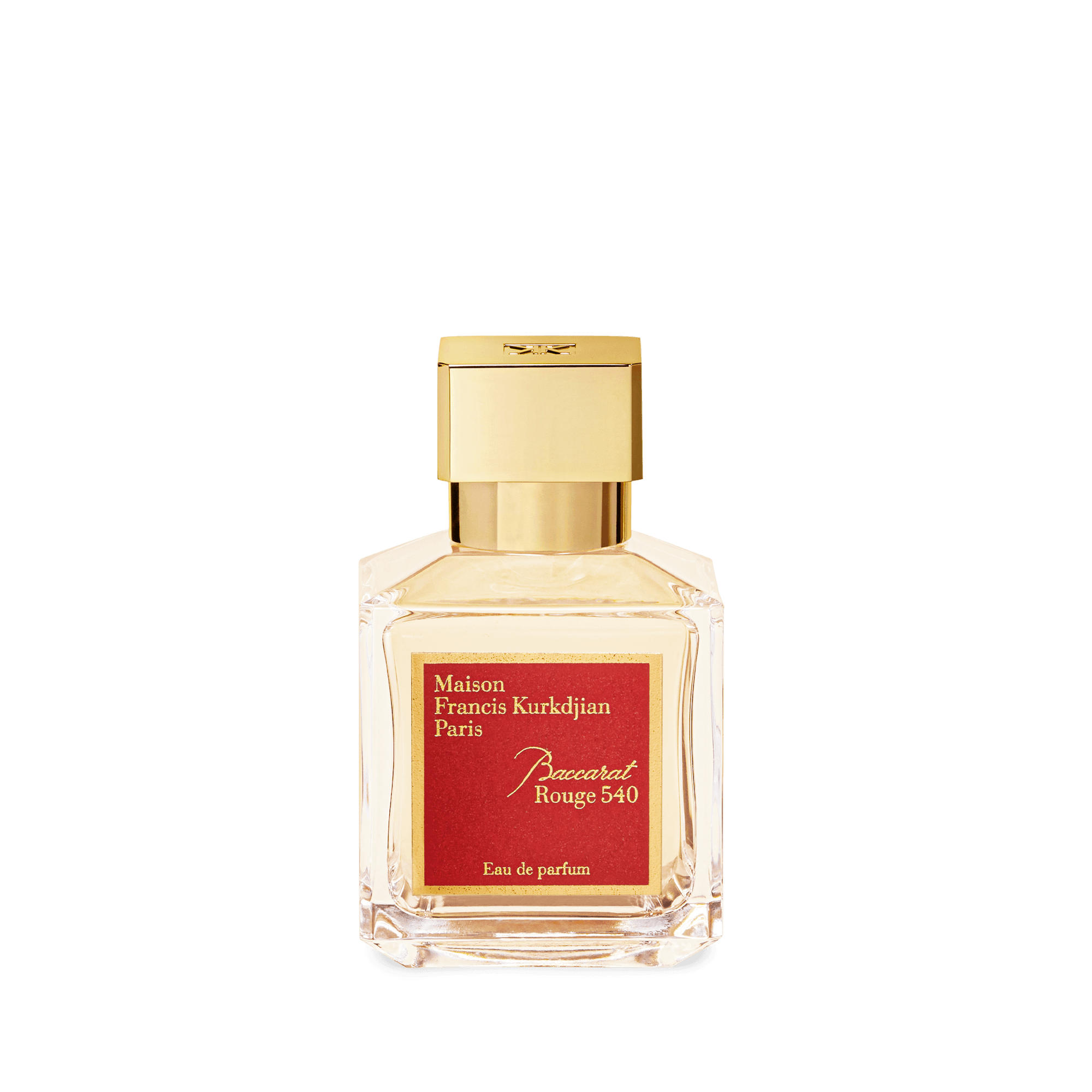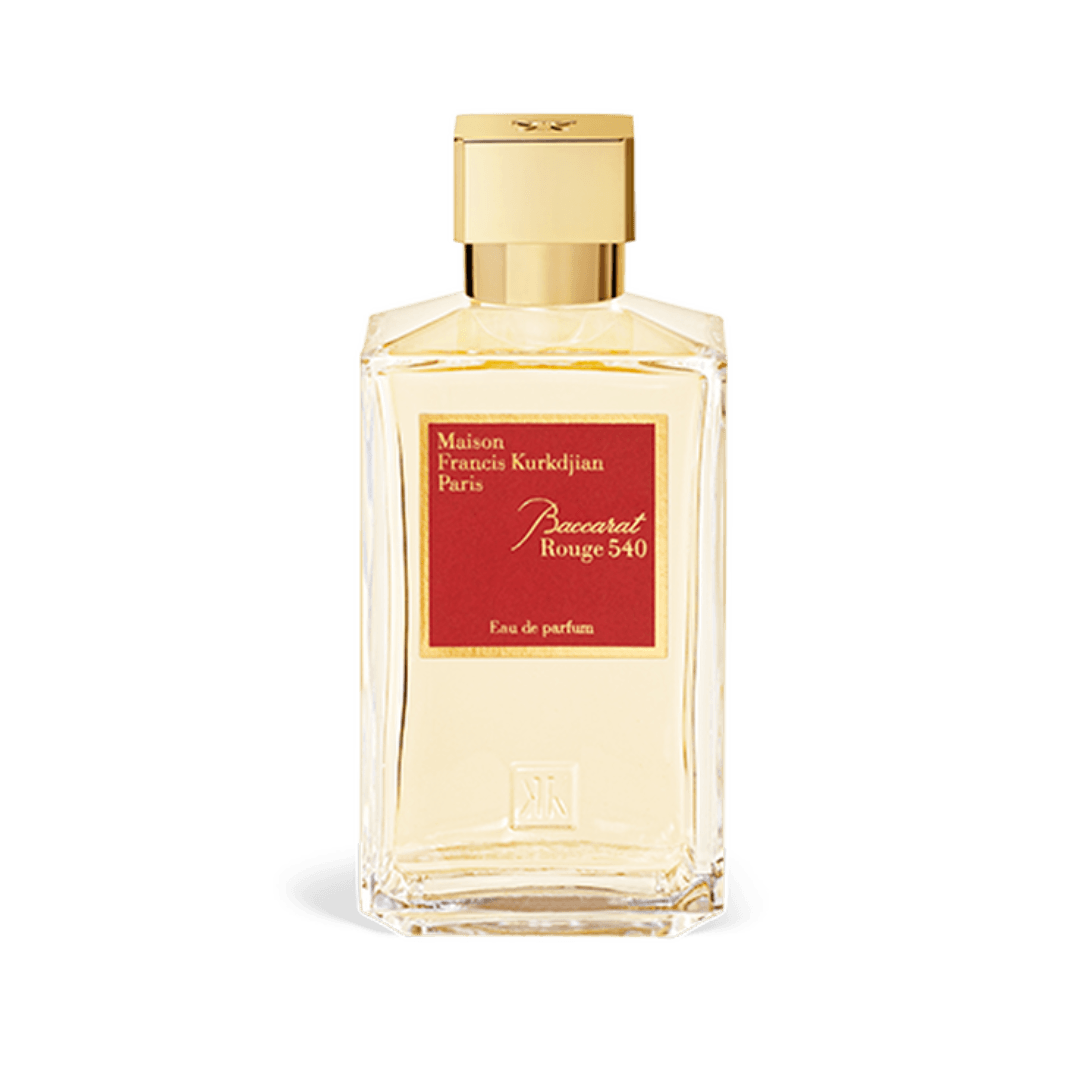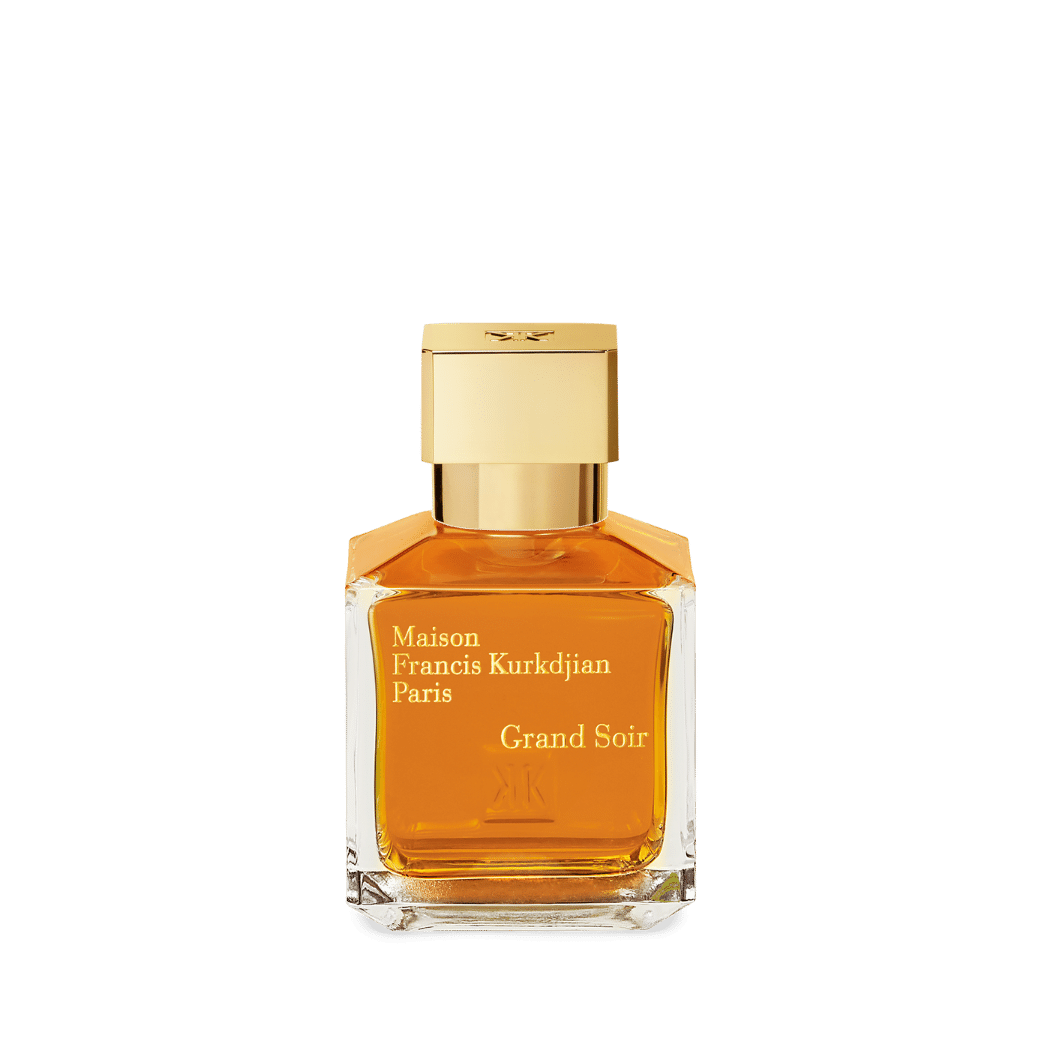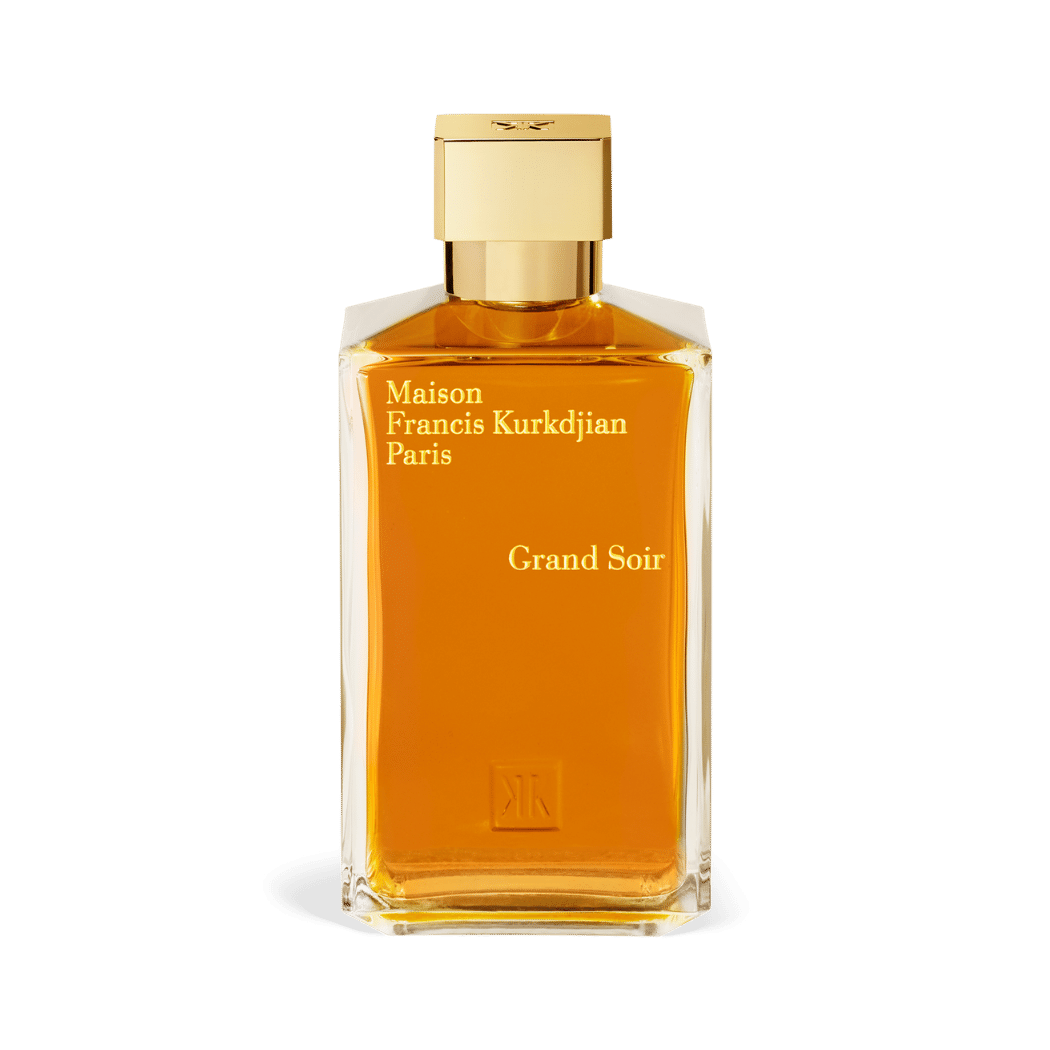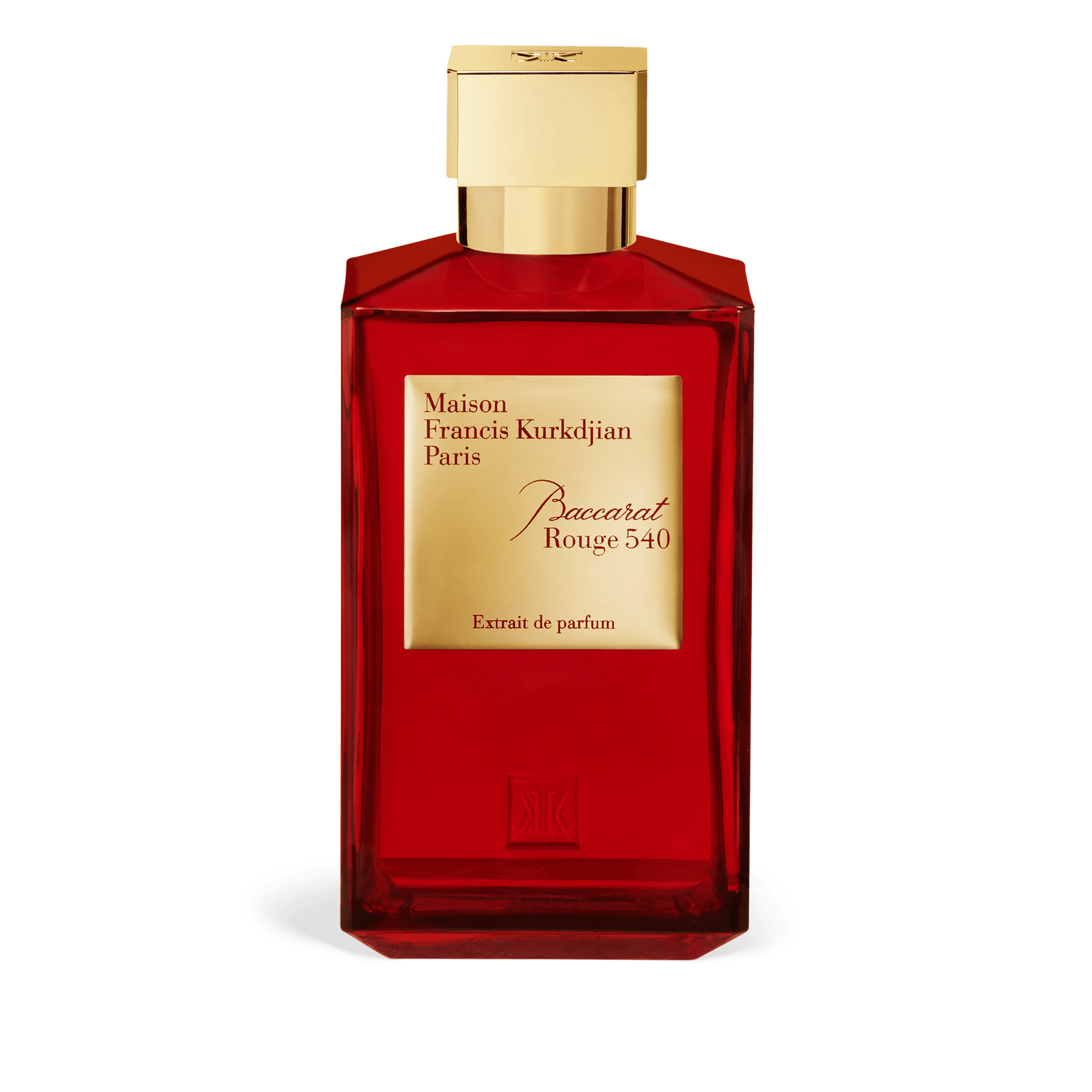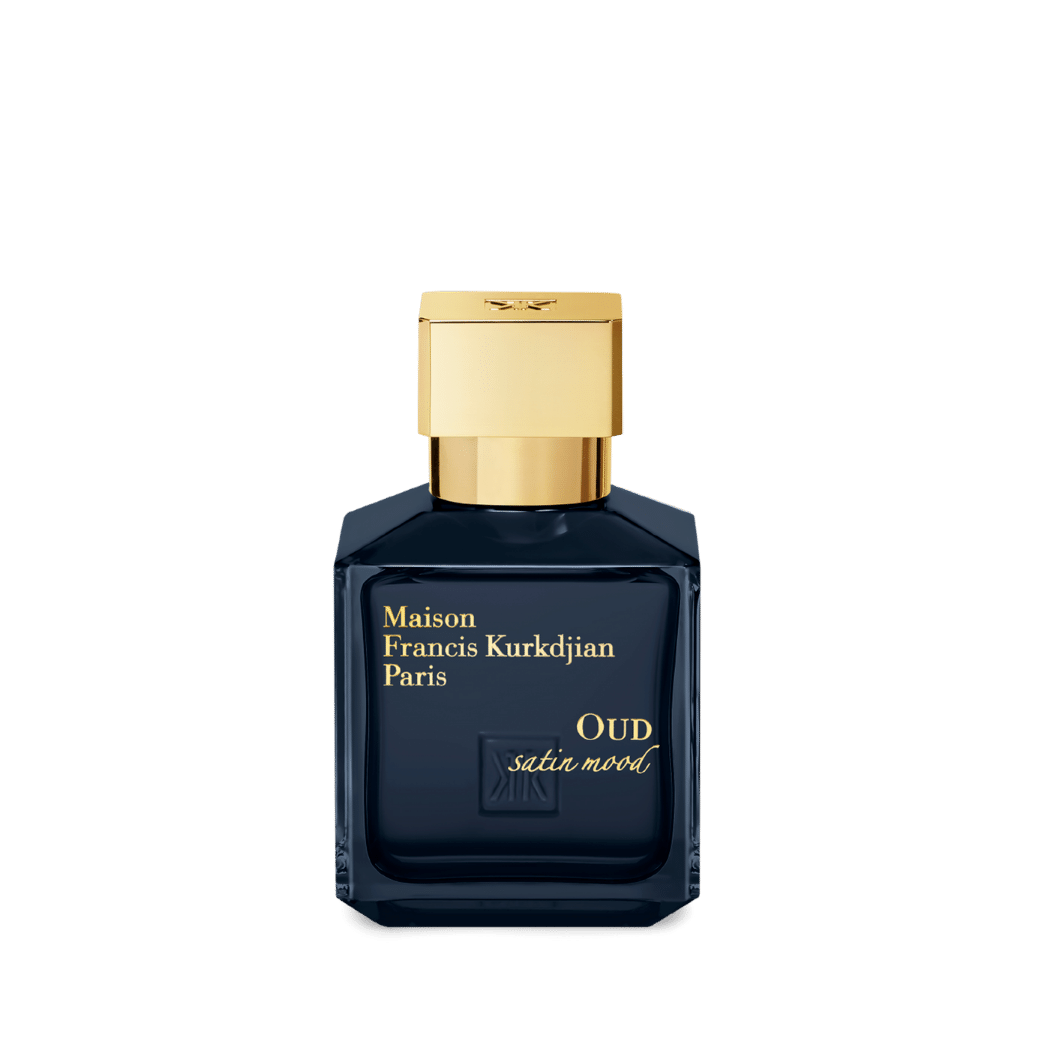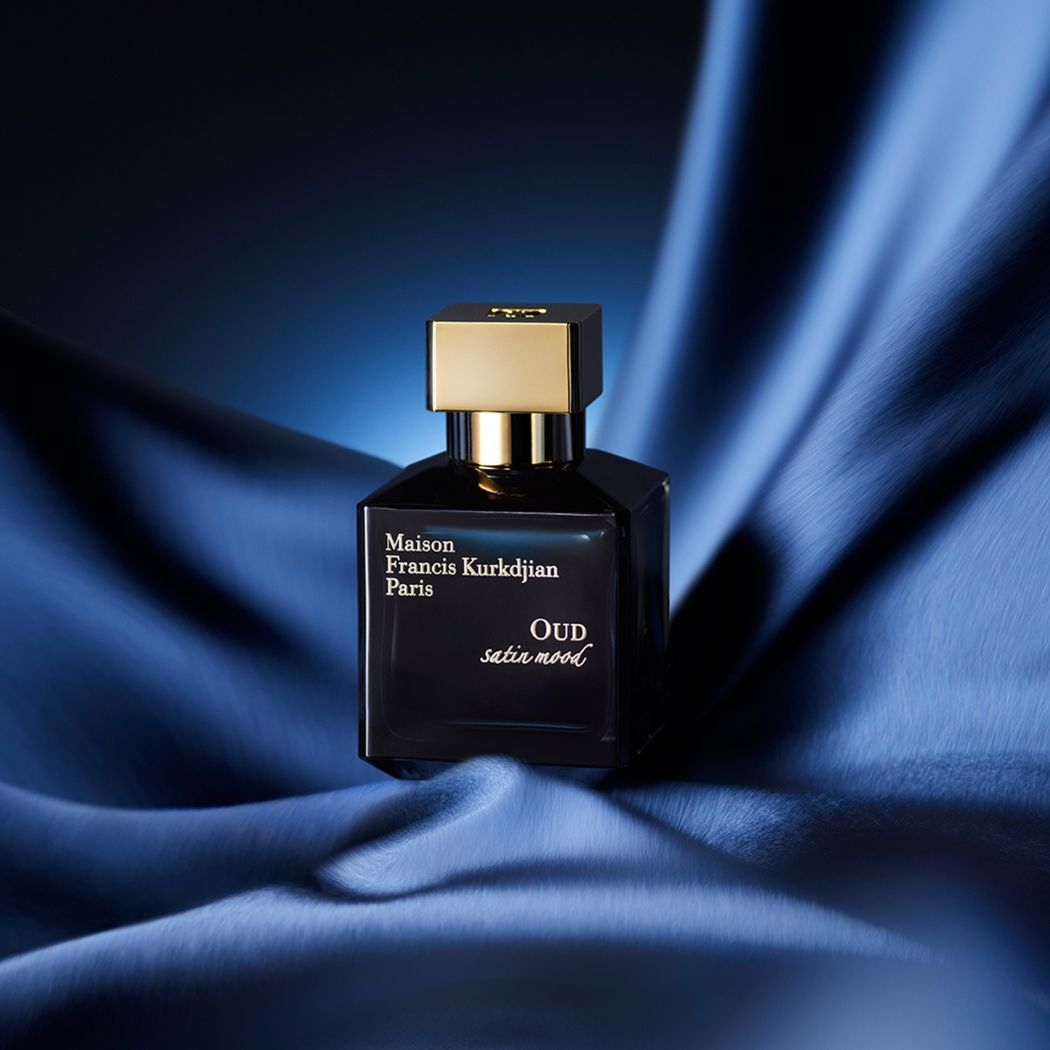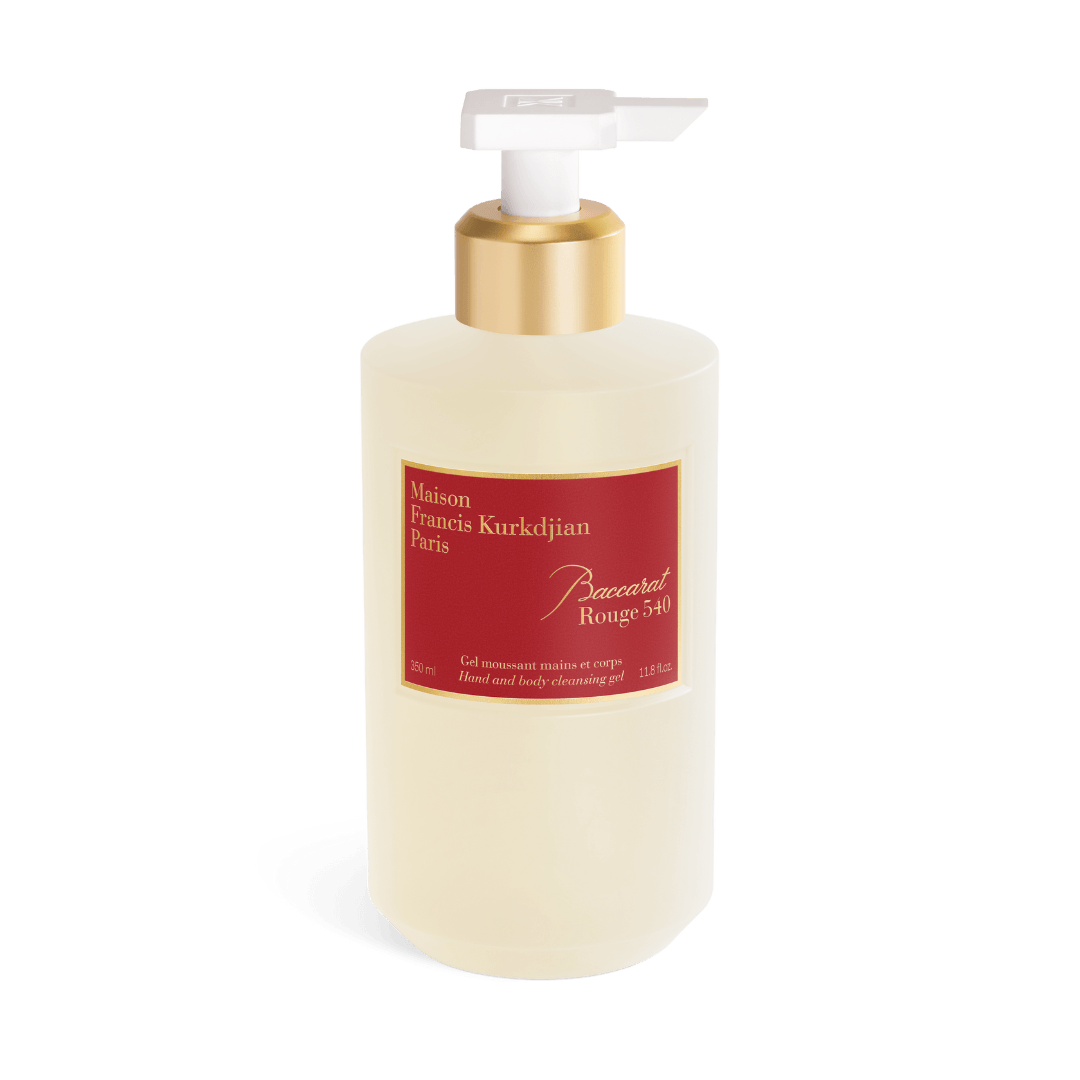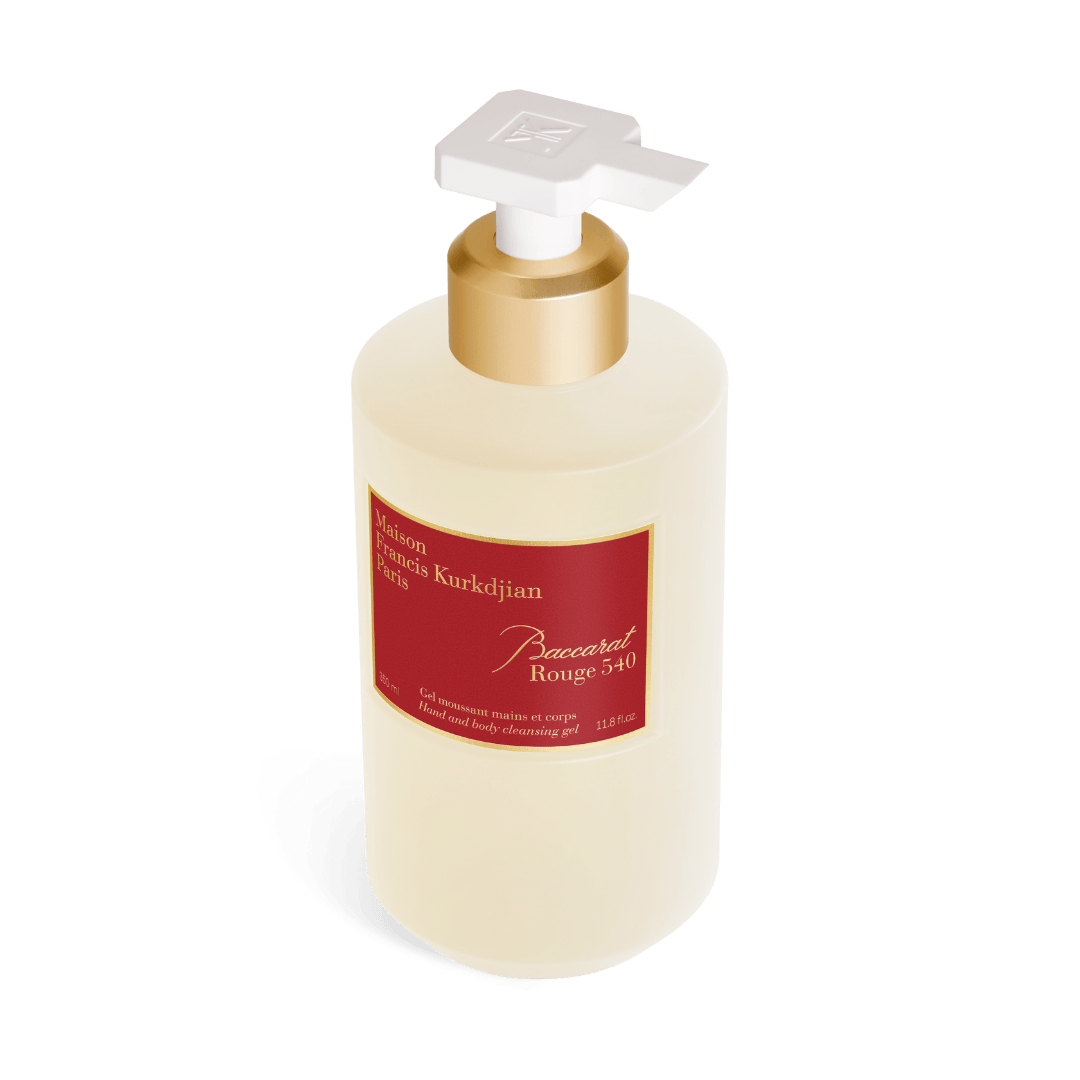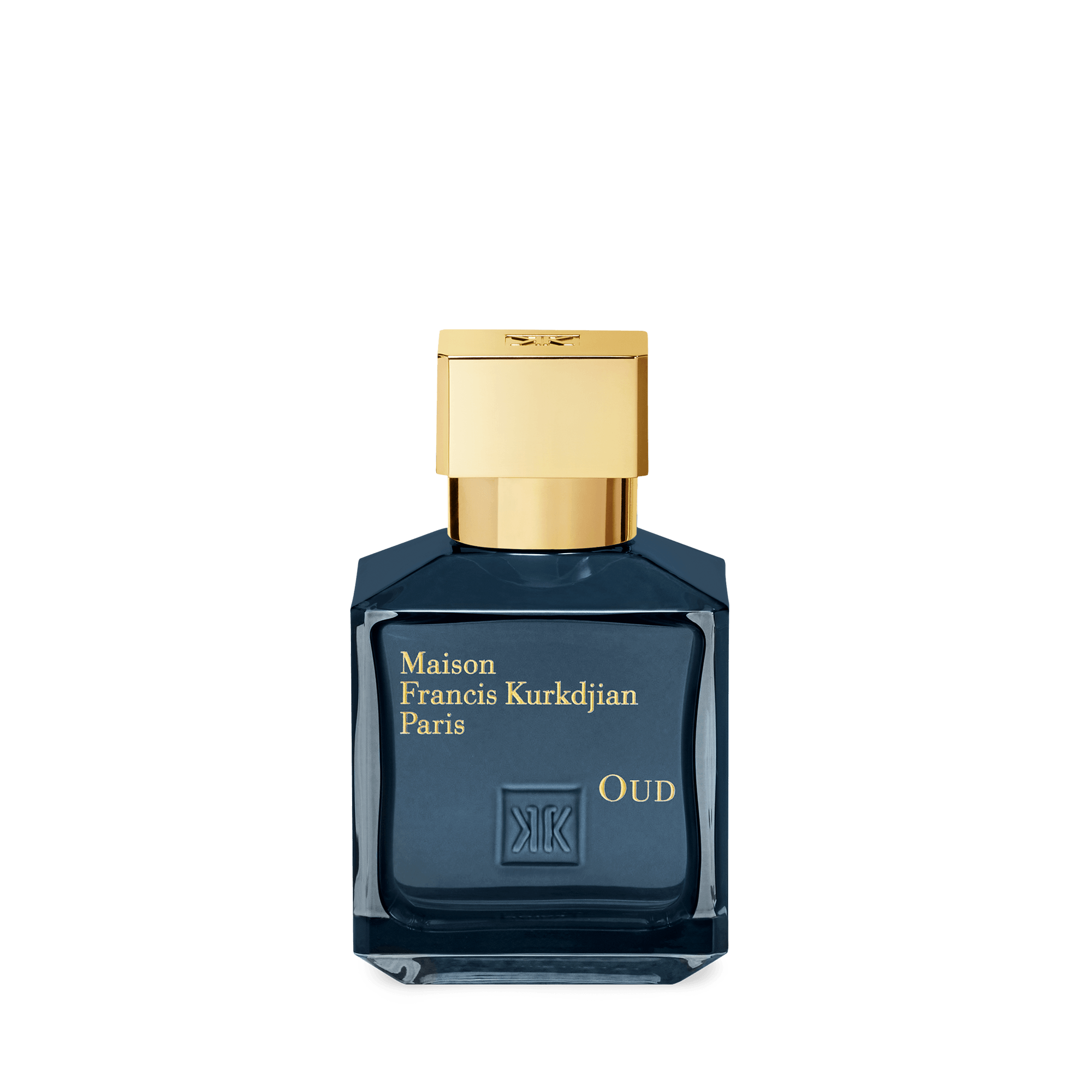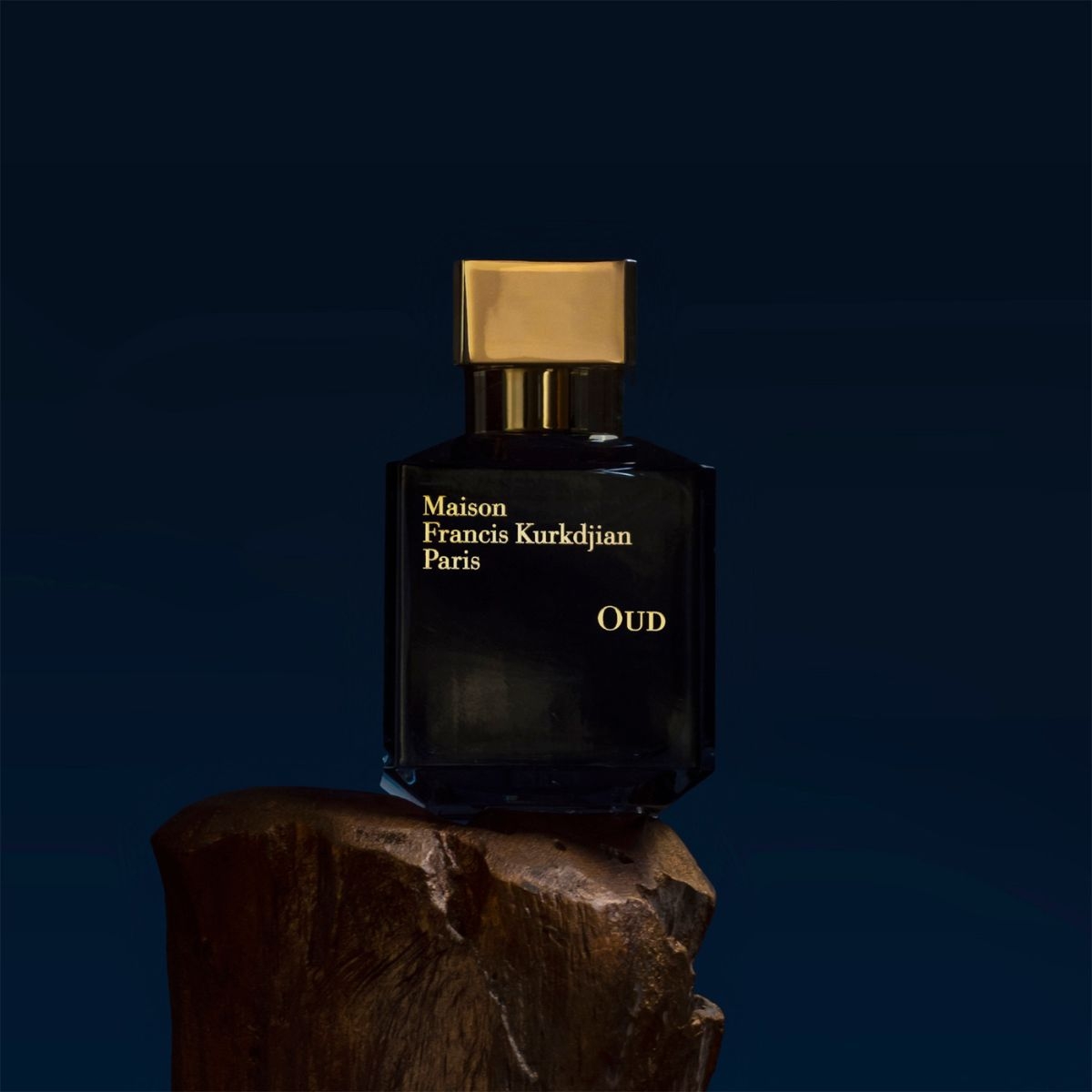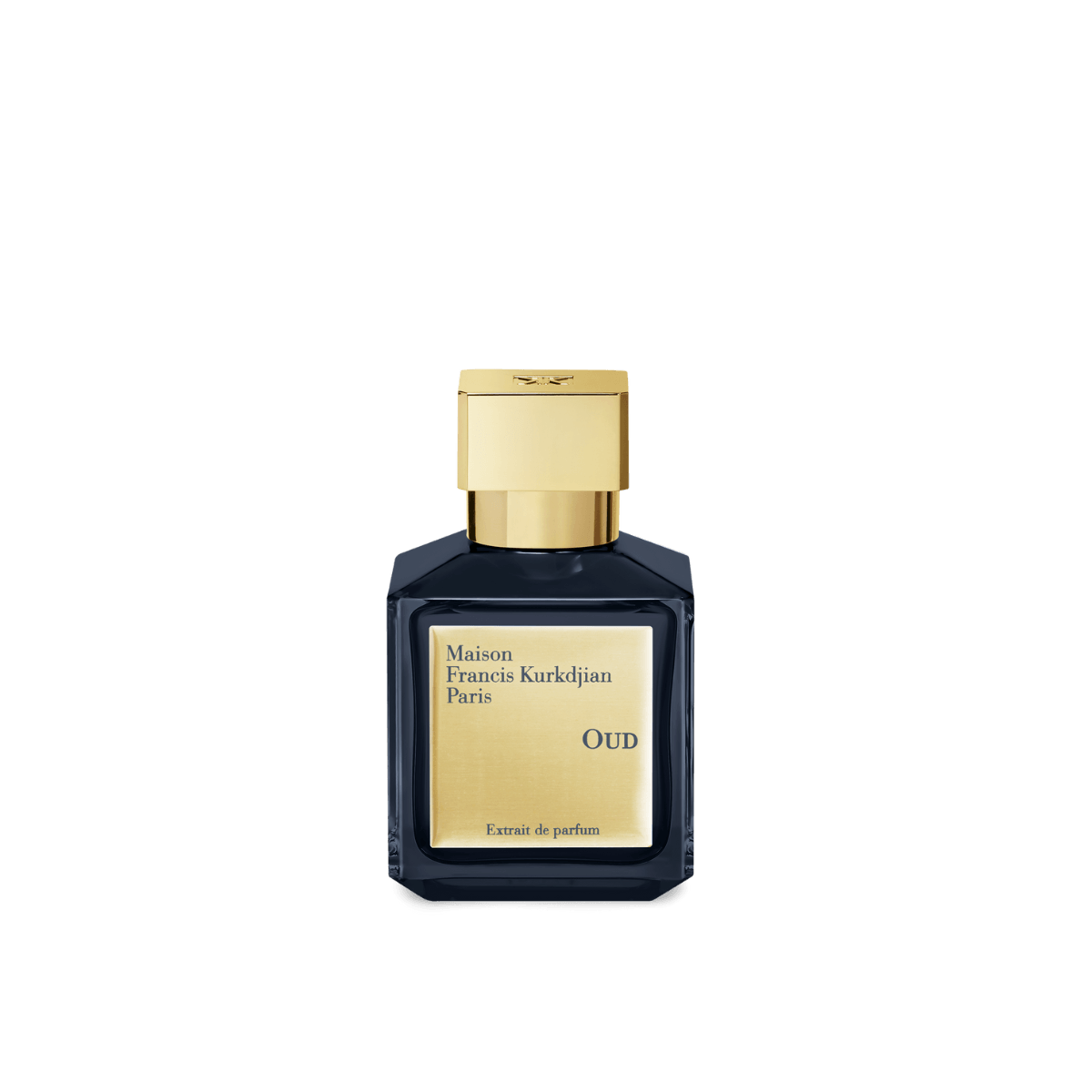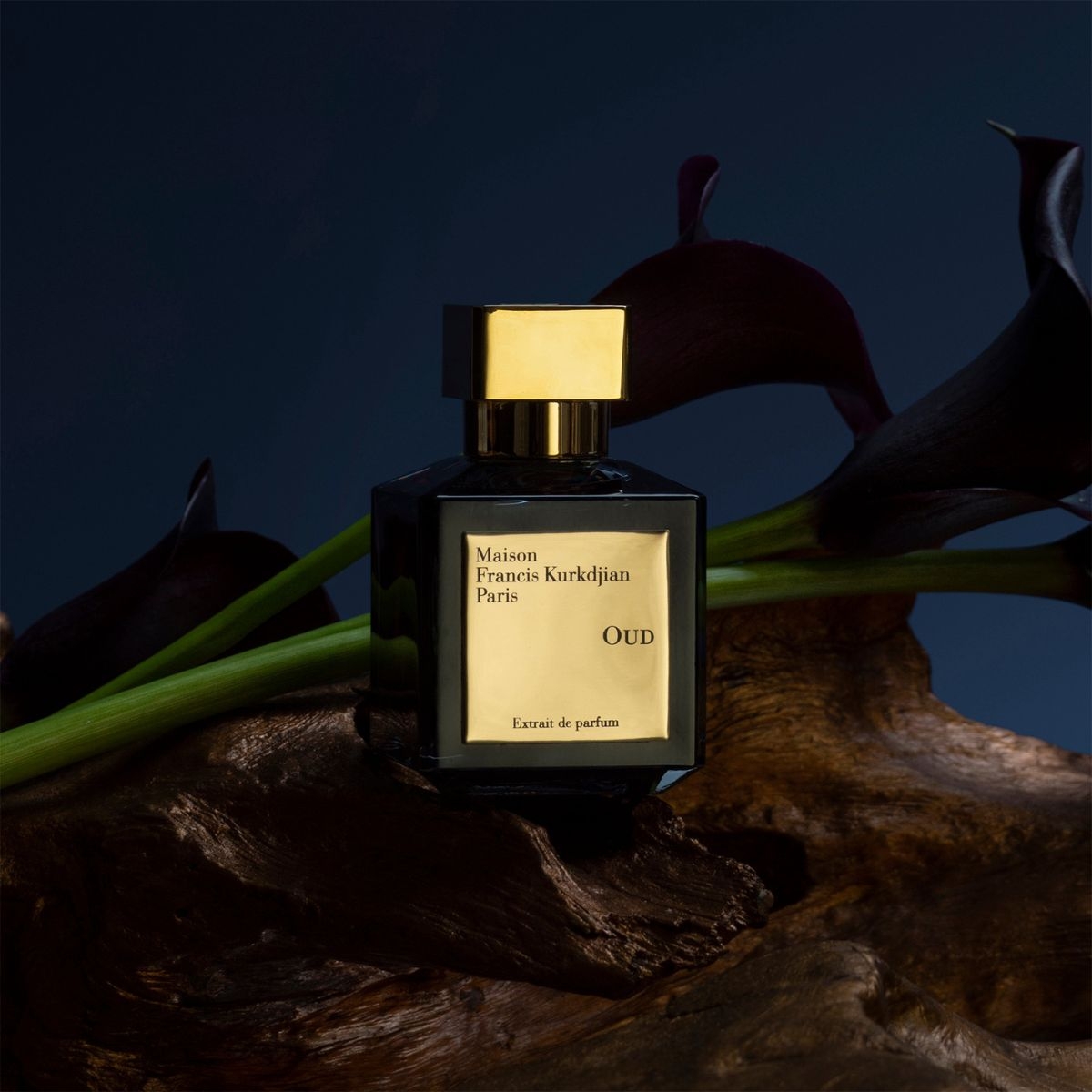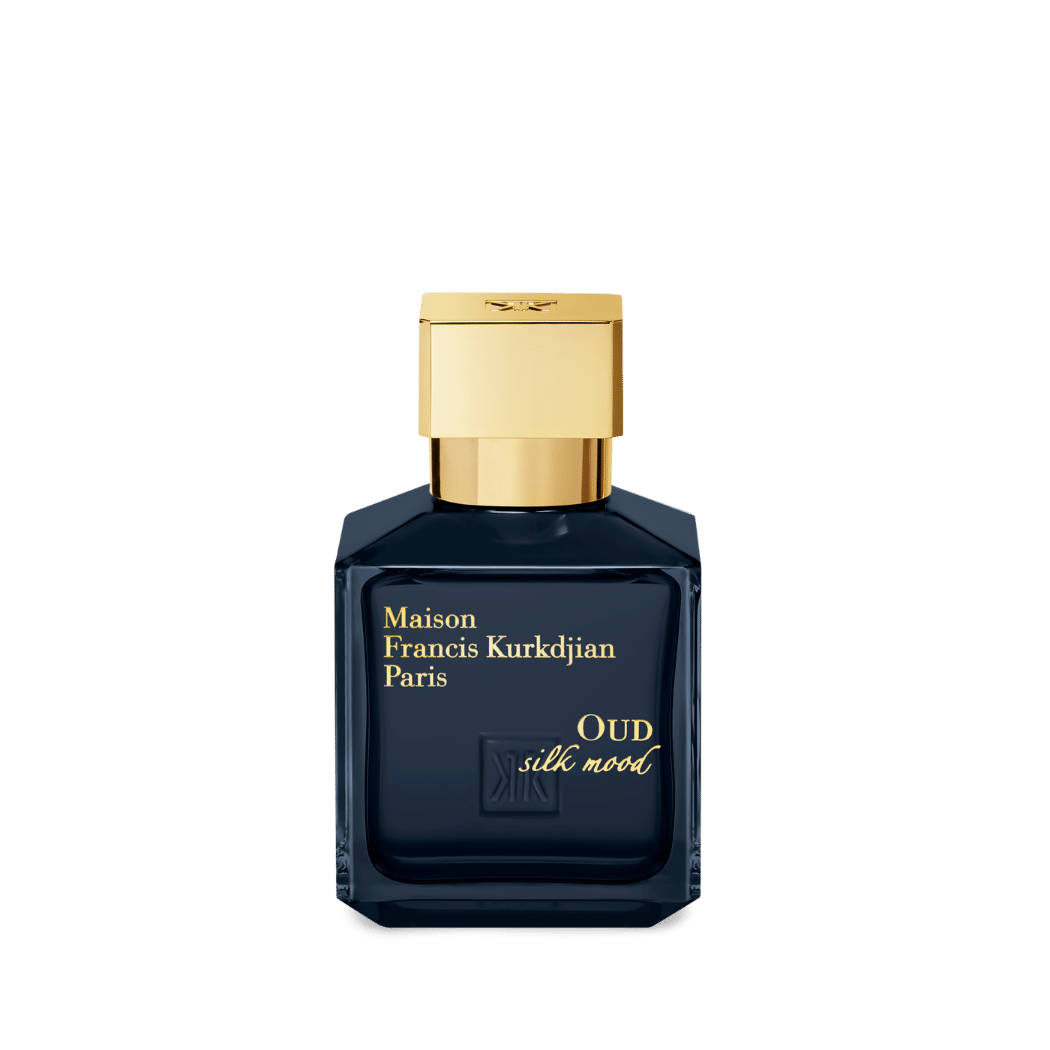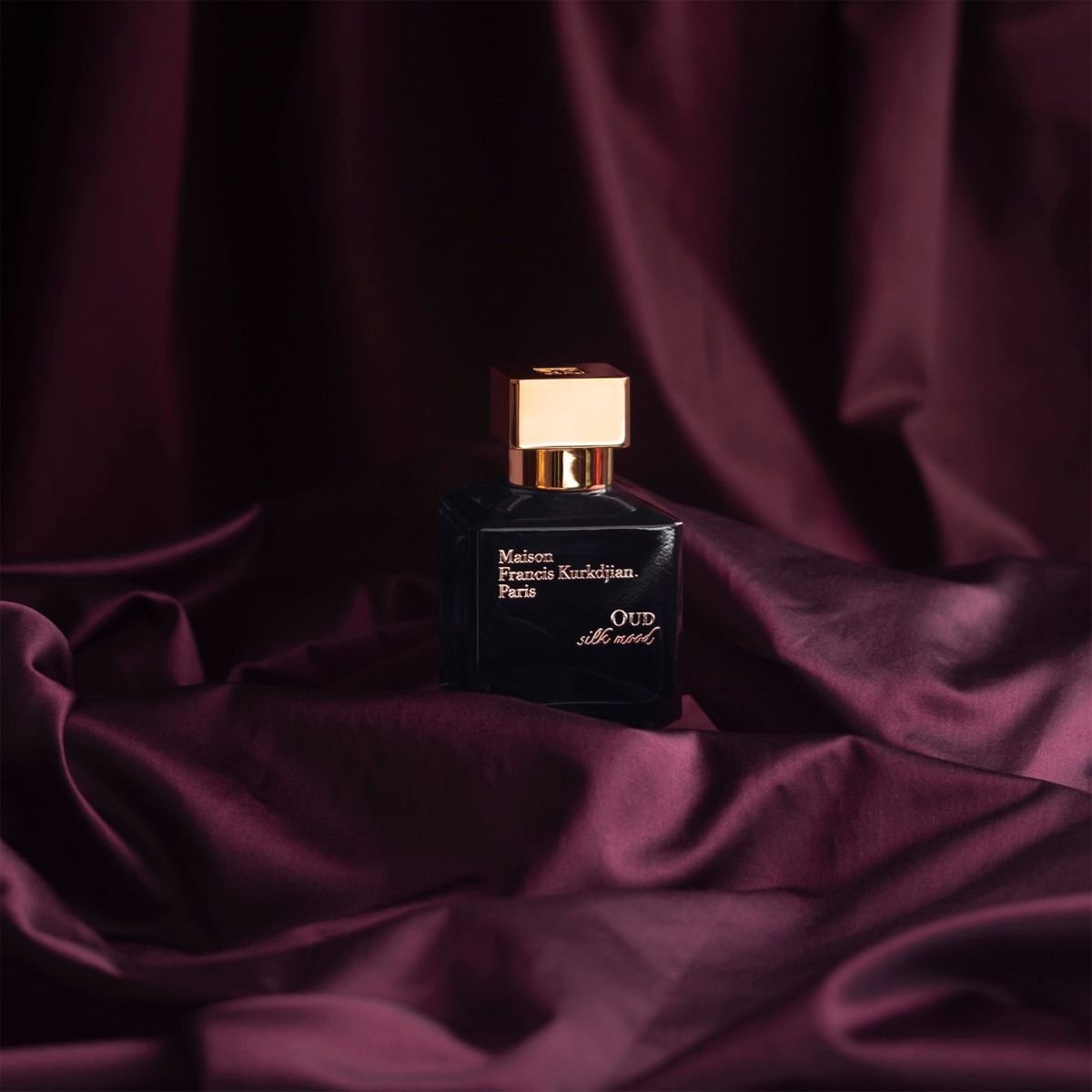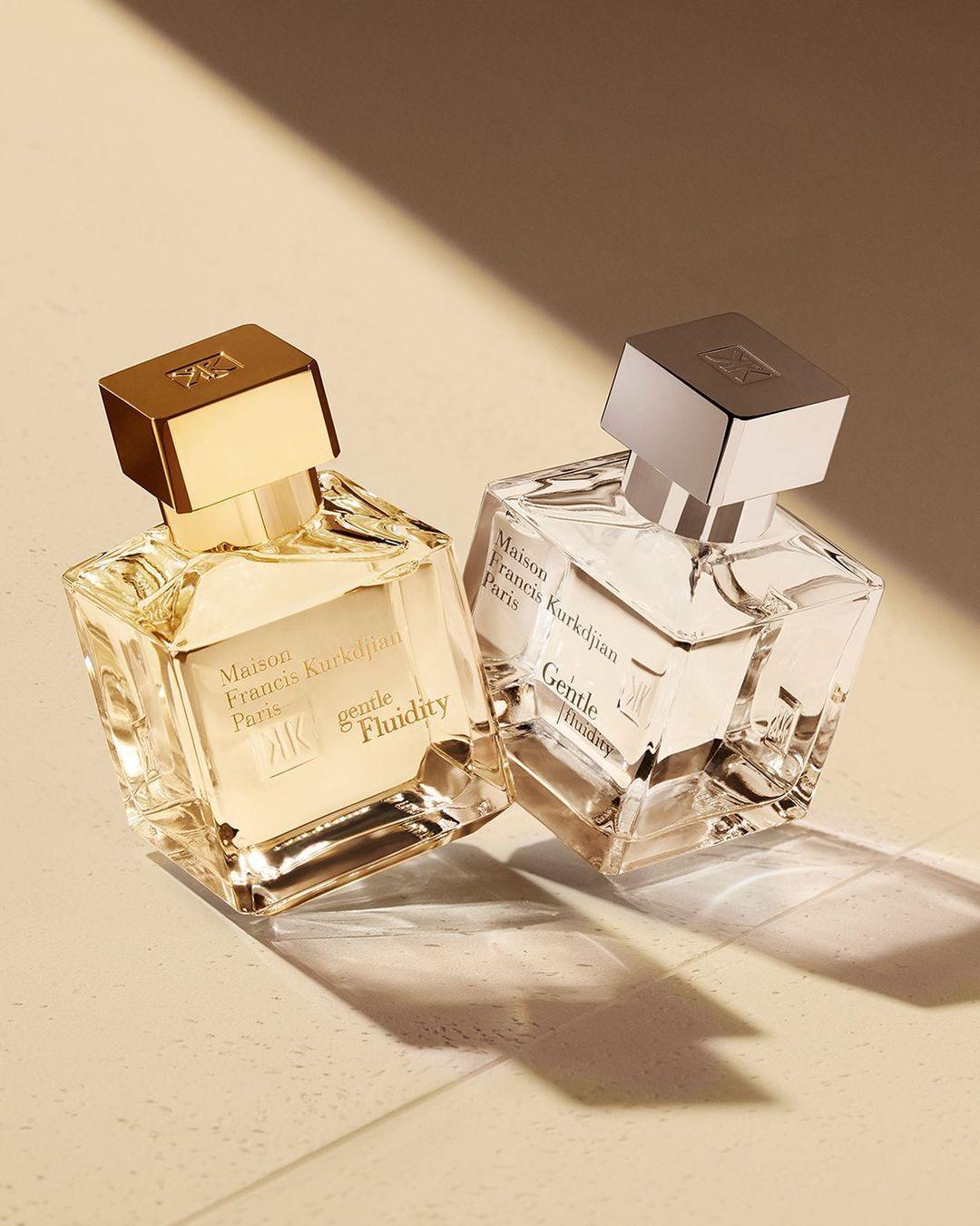
Creatief, eigentijds en een visionair: Francis Kurkdjian
Francis Kurkdjian heeft nauwelijks verdere introductie nodig: een sterparfumeur die al jaren geliefde succesvolle geuren creëert voor toonaangevende mode merken (inclusief in-huis parfumeur voor Dior). In 2009 startte hij zijn eigen Maison waar hij zijn onvoorwaardelijke creativiteit en talent in kwijt kan.
Met een grote elegantie weet Kurkdjian de twee culturen van zijn Frans-Armeense afkomst te combineren in geuren met een natuurlijke rijkdom.
Kurkdjian is veelzijdig, creatief en een visionair, hij combineert zijn passie voor mode met zijn kunde in parfums. Zijn collectie, waaronder het geliefde Baccarat Rouge 540 en Grand Soir, is opgebouwd als een parfum-garderobe voor verschillende momenten, emoties en stemmingen.
Perfume Lounge haalde dit mooie merk in 2009 naar Nederland en is het eerste erkende verkooppunt van Maison Francis Kurkdjian.
Lees hieronder het interview (in het Engels).
““The beauty of perfume speaks at once of the intimate and the universal. No dictum can be imposed on perfume. Its magic escapes all control and we are obliged to let it speak of our emotions however free and primitive..."”
Ontdek Maison Francis Kurkdjian
Ten questions for master perfumer Francis Kurkdjian on his creative process and inspirations.
Francis Kurkdjian is one of the world’s master perfumers. His first big hit was Le Male for Jean Paul Gaultier in 1995, one of the most popular fragrances ever. The Paris-born Kurkdjian was only 26 at the time of creation! After this he created many more breathtaking fragrances for other brands such as Burberry and Elie Saab. In 2009, he established his own brand Maison Francis Kurkdjian, which has gone from success to success, producing some of the most subtle, sophisticated and beautiful perfumes of our times. Want to find out more about the inspiration and philosophy of Maison Francis Kurkdjian? Keep reading!
Where do you seek and find inspiration for your perfumes? And once inspired, what is your creative process?
Inspiration is the invisible part of creation. It’s by far the hardest part of my work and the most challenging one as time goes by.
My inspirations are not driven by raw materials. Classic and modern art, couture and lifestyle inspire me, but I always try to focus on a universal feeling. It must be an idea that everyone around the globe can understand in their own language and apprehend with their own feelings.
Timeless elegance can be translated through different manners, but everyone can understand what it means, and the same with the idea of an ode to femininity, and so on.
Once I have envisioned that idea, I translated it into a name that would become the one for the fragrance. To me, the name is very important. It defines a frame for me to work within. A name is unswervingly tied to a fragrance. Once I have that, I dream about the actual scent, and imagine the scent that goes with that name. I only start writing the formula after that stage. Because if you don’t know what you want to say, you don’t know what raw materials to blend together. Painters use colours, musicians use notes, and as a perfumer I use scents.
How do you know that this is going to be the next big thing when creating a new perfume such as your huge hits with Aqua Universalis, Baccarat Rouge 540 or Le Male?
Fragrance wise, you need a fragrance that has a distinctive olfactive signature and a huge trail or sillage. Besides that, there are no recipes to create success although there are some to create failures. That’s the magic and the mystery of creation.
You can’t predict the success of a perfume in advance. I follow my instinct and if I am not 100 percent sure, I ask few of my very close friends.
Are you surprised by how widely popular Baccarat Rouge 540 is?
The three key ingredients for success are coherence, disruptiveness, and timing. Baccarat Rouge 540 has them all. I knew the fragrance was amazing because every time I was wearing it, I had so many good comments. It’s very modern, yet very classic. Its sillage is very unique and recognizable among others.
Baccarat is a strong name, rouge/red is the iconic aesthetic of the brand, so the story is totally coherent. And then you need a strong team on the ground to partner with your retailers and all your sales force. The success of a scent is not only a matter of how and who creates it, it’s also how you market your idea and how you sell that package.
Meer van Maison Francis Kurkdjian
What is the dynamic between you and the co-founder of Maison Francis Kurkdjian, Marc Chaya? How did you meet? And how did you decide to open a perfume house together?
I met Marc Chaya at a dinner after a Jean Paul Gaultier fashion show in 2003. During our dinner Marc Chaya asked me what I was doing in life, and I said, “I am a perfumer”. He didn’t know that much about perfumery. He wore Le Male at some point, and we had a long moment talking about it. He was really surprised not to know my name despite the number of fragrances I had created.
With time, we became very good friends and realized that we were sharing the same vision of lifestyle and definition of luxury. Plus, we had complementary professional and creative skills.
In 2005, we both were at a turning point in our professional careers. We decided to do a world tour. When we came back, I told him that I would open my own fragrance house and that I wanted him to run the business. We started to work together on different projects and in 2009 we finally co-founded Maison Francis Kurkdjian.
I have always been convinced that to build a great luxury house, you need a creative mind backed up with a business genius. Christian Dior had Jacques Rouet, Yves Saint Laurent had Pierre Bergé, Tom Ford had Domenico de Sole. These success stories are examples to me.
Marc Chaya is the business side and mastermind of the company. He has set up our company like a rocket. We are not big at all but we are super-organized. He has basically built a shell around me. I discuss all the matters with him. I am the first wearer of my creations but he is my first customer. He challenges me a lot.
What would you say are the core values or philosophy of Maison Francis Kurkdjian?
I want to free women from the diktat of marketing that they should use one signature perfume or find the fragrance of their life. Such a fragrance does not exist in our modern lives, in this new century as women have won many fights, many battles (there are more to come though). This is why I am creating for them a fragrance wardrobe: a line of fragrances that can accompany them the way they are, wherever and whenever they want, in total freedom.
My portfolio of fragrances is created in the respect of the French tradition for perfume. Craft, time, sense of details, technique and as a first principle – quality. I am obsessed with quality, at each step, from the carton board that we use for our packing to the size and proportion of a cap or a bottle, the texture of a cream. Being expensive is not an issue, if the quality is au rendez-vous.
What are the greatest challenges you and the company have faced in business? And how did you, or do you, deal with them?
The greatest challenge is to adapt your creative vision to the market. If you think too far away, you might be out of the consumer’s sight. It means that creativity in perfume must keep a common sense.
You have participated in a range of artistic collaborations, such as your 2014 project with Syrian artist Hratch Arbach. How important are these to you? And do you have any more in the pipeline?
Unlike art, which is sufficient on its own, both fashion and perfume need the body to come alive. A fragrance on a scent strip is like a piece of clothing on a hanger; you need the dialogue with the skin to bring it to life. In France, perfume is a craft. Such a serious one, in fact, that there are schools devoted to it. German philosopher Immanuel Kant stated, “Art is the nice representation of a thing, not the representation of a nice thing.” In the world of perfumes, the sources of inspiration are always “nice” things from the beautiful side of life: optimism, elegance, happiness, and positivity. Death, ugliness, and desperation have their part in literature, music, and painting, but do not belong to the perfumers’ pantheon of inspiration.
So, I love creating olfactory installations and working with other artists. It’s a way to play in a different world and change playgrounds. It opens my mind and views on aesthetics. I share ideas, and there is always something amazing that comes out from that. My olfactive installations represent for me the opportunity to engage in a dialogue between the public and a place by using smell as an emotional medium.
My experiences in Versailles and my work for Sophie Calle (for whom I have created L’odeur de l’argent – the smell of money) gave me the desire to explore new creative roads and to stretch the role and the work of the perfumer. I had the feeling that there were new creative and olfactive paths to open. There were other ways to be a perfumer. The final product did not necessarily have to be captured in a bottle. By creating scent installations, I found out I was able to bring emotions to people in a different way, a way to create art with no commercial value attached to it.
I have also created a special fragrance for the exhibition Versailles: Treasures from the Palace that took place in Canberra at the National Gallery of Australia. This exclusive scent was spread in the hall of the museum and was based on King Louis XIV’s favourite flower: the orange blossom flower. Currently, I am working with French director Cyril Teste on a play that will showcase this autumn in Paris, and later in Belgium, Switzerland, and probably New York. I am scenting the play with different fragrances to accompany the show. It’s rather challenging from a creative and technical point of view.
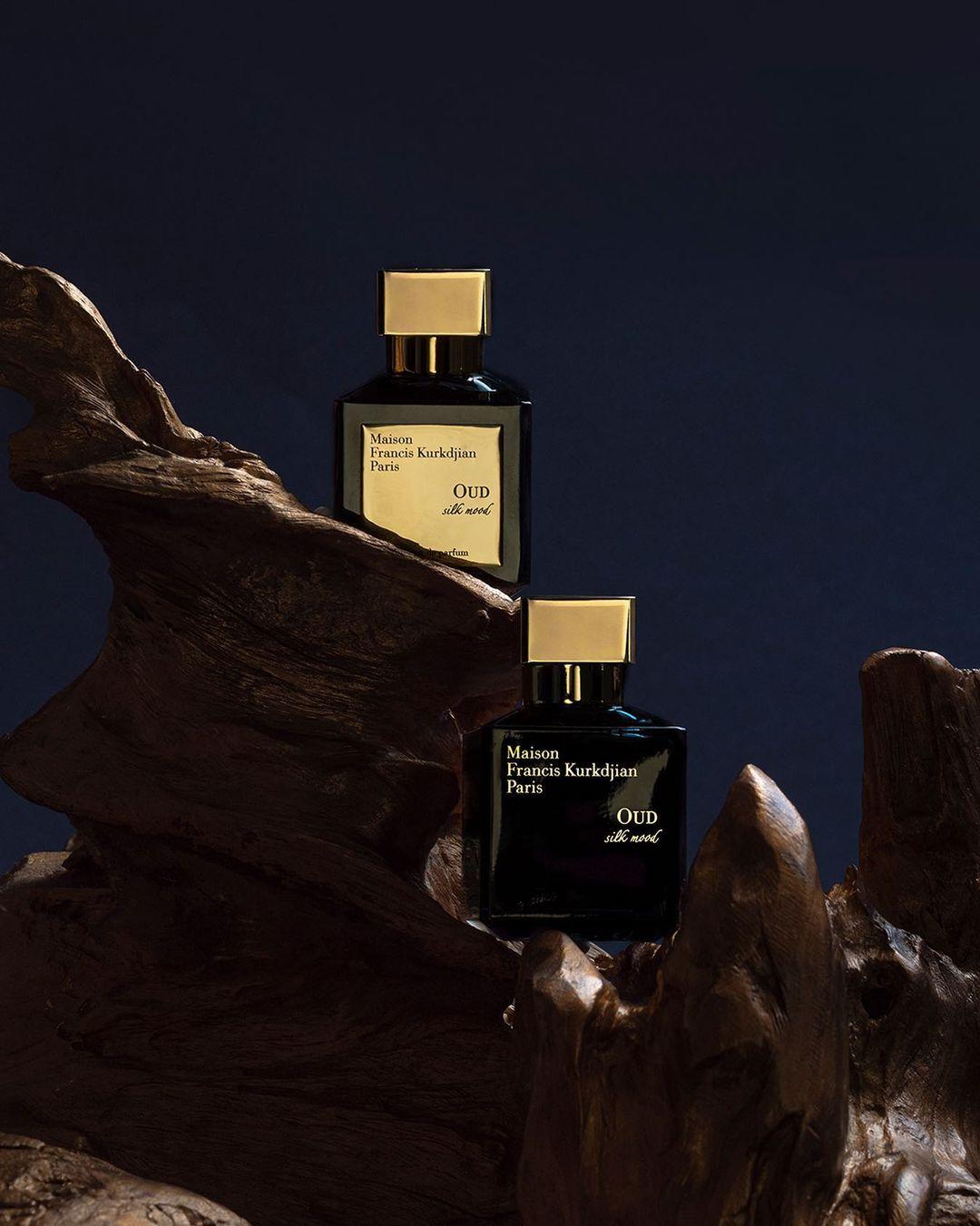
OUD van Maison Francis Kurkdjian
What would you say are the core values or philosophy of Maison Francis Kurkdjian?
I want to free women from the diktat of marketing that they should use one signature perfume or find the fragrance of their life. Such a fragrance does not exist in our modern lives, in this new century as women have won many fights, many battles (there are more to come though). This is why I am creating for them a fragrance wardrobe: a line of fragrances that can accompany them the way they are, wherever and whenever they want, in total freedom.
My portfolio of fragrances is created in the respect of the French tradition for perfume. Craft, time, sense of details, technique and as a first principle – quality. I am obsessed with quality, at each step, from the carton board that we use for our packing to the size and proportion of a cap or a bottle, the texture of a cream. Being expensive is not an issue, if the quality is au rendez-vous.
What are the greatest challenges you and the company have faced in business? And how did you, or do you, deal with them?
The greatest challenge is to adapt your creative vision to the market. If you think too far away, you might be out of the consumer’s sight. It means that creativity in perfume must keep a common sense.
You have participated in a range of artistic collaborations, such as your 2014 project with Syrian artist Hratch Arbach. How important are these to you? And do you have any more in the pipeline?
Unlike art, which is sufficient on its own, both fashion and perfume need the body to come alive. A fragrance on a scent strip is like a piece of clothing on a hanger; you need the dialogue with the skin to bring it to life. In France, perfume is a craft. Such a serious one, in fact, that there are schools devoted to it. German philosopher Immanuel Kant stated, “Art is the nice representation of a thing, not the representation of a nice thing.” In the world of perfumes, the sources of inspiration are always “nice” things from the beautiful side of life: optimism, elegance, happiness, and positivity. Death, ugliness, and desperation have their part in literature, music, and painting, but do not belong to the perfumers’ pantheon of inspiration.
So, I love creating olfactory installations and working with other artists. It’s a way to play in a different world and change playgrounds. It opens my mind and views on aesthetics. I share ideas, and there is always something amazing that comes out from that. My olfactive installations represent for me the opportunity to engage in a dialogue between the public and a place by using smell as an emotional medium.
My experiences in Versailles and my work for Sophie Calle (for whom I have created L’odeur de l’argent – the smell of money) gave me the desire to explore new creative roads and to stretch the role and the work of the perfumer. I had the feeling that there were new creative and olfactive paths to open. There were other ways to be a perfumer. The final product did not necessarily have to be captured in a bottle. By creating scent installations, I found out I was able to bring emotions to people in a different way, a way to create art with no commercial value attached to it.
I have also created a special fragrance for the exhibition Versailles: Treasures from the Palace that took place in Canberra at the National Gallery of Australia. This exclusive scent was spread in the hall of the museum and was based on King Louis XIV’s favourite flower: the orange blossom flower. Currently, I am working with French director Cyril Teste on a play that will showcase this autumn in Paris, and later in Belgium, Switzerland, and probably New York. I am scenting the play with different fragrances to accompany the show. It’s rather challenging from a creative and technical point of view.
Do you have any favourite smells or perfumes? Are there any fragrances you wish you had created?
My favourite scents are always the new ones yet to create. These are the most exciting ones for me. What I have done in the past belongs to my bio.
Last year it was announced that he sold Maison Francis Kurkdjian to LVMH. How has your business changed since LVMH’s acquisition of it? And why did you decide to sell it to this particular conglomerate? Will it support your creativity?
We couldn’t ignore the transformations impacting the market, and we had to take these changes into account. With LVMH we maintain our core values without signaling an end to our independence. It is an exceptional group that counts some of the world’s most exceptional Houses in terms of creativity and expertise. Thanks to LVMH we will benefit from even greater savoir faire, expertise in particular topics such as digital and a real operational support for our distribution growth in some markets. Marc Chaya and I remain on the board as shareholders, in our respective roles prior to the acquisition. So, it will be business as usual.
What do you enjoy doing outside work?
First of all, I am blessed to say I do not feel I work. I always believe that when you work there are some pains or constraints. My day-to-day schedule is very diverse, so I don’t have any fatigue or lassitude. One thing nurtures another one. Going to a museum is not “fun”, it is an opportunity for me to be inspired, and the same thing by reading a book or watching a movie. When I am totally off (which almost never happens when you are a creative mind), I like waking up early, watching the sunrise (or the sunset at night). I am very busy, but I love to waste my time. I believe it is extremely necessary (laughs) to open your mind.
